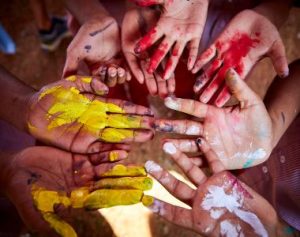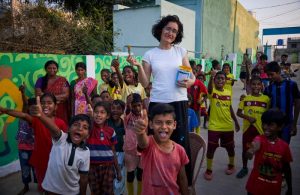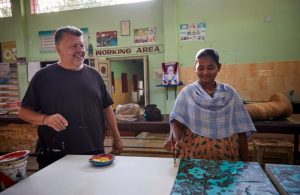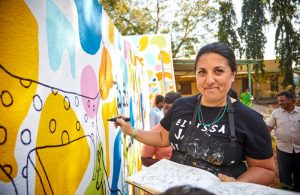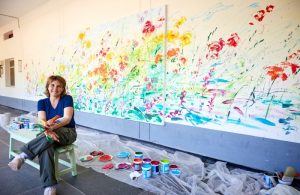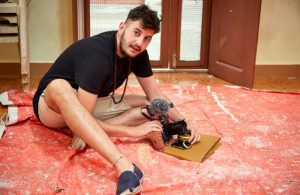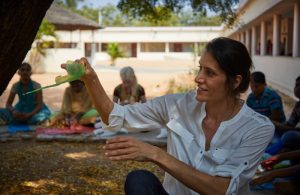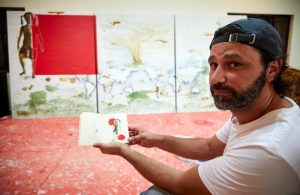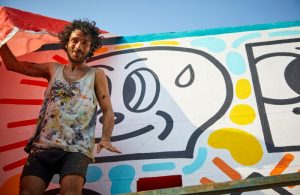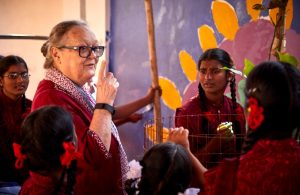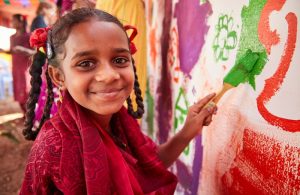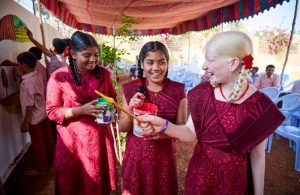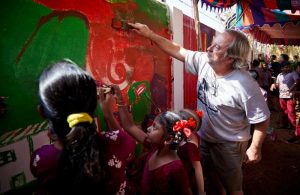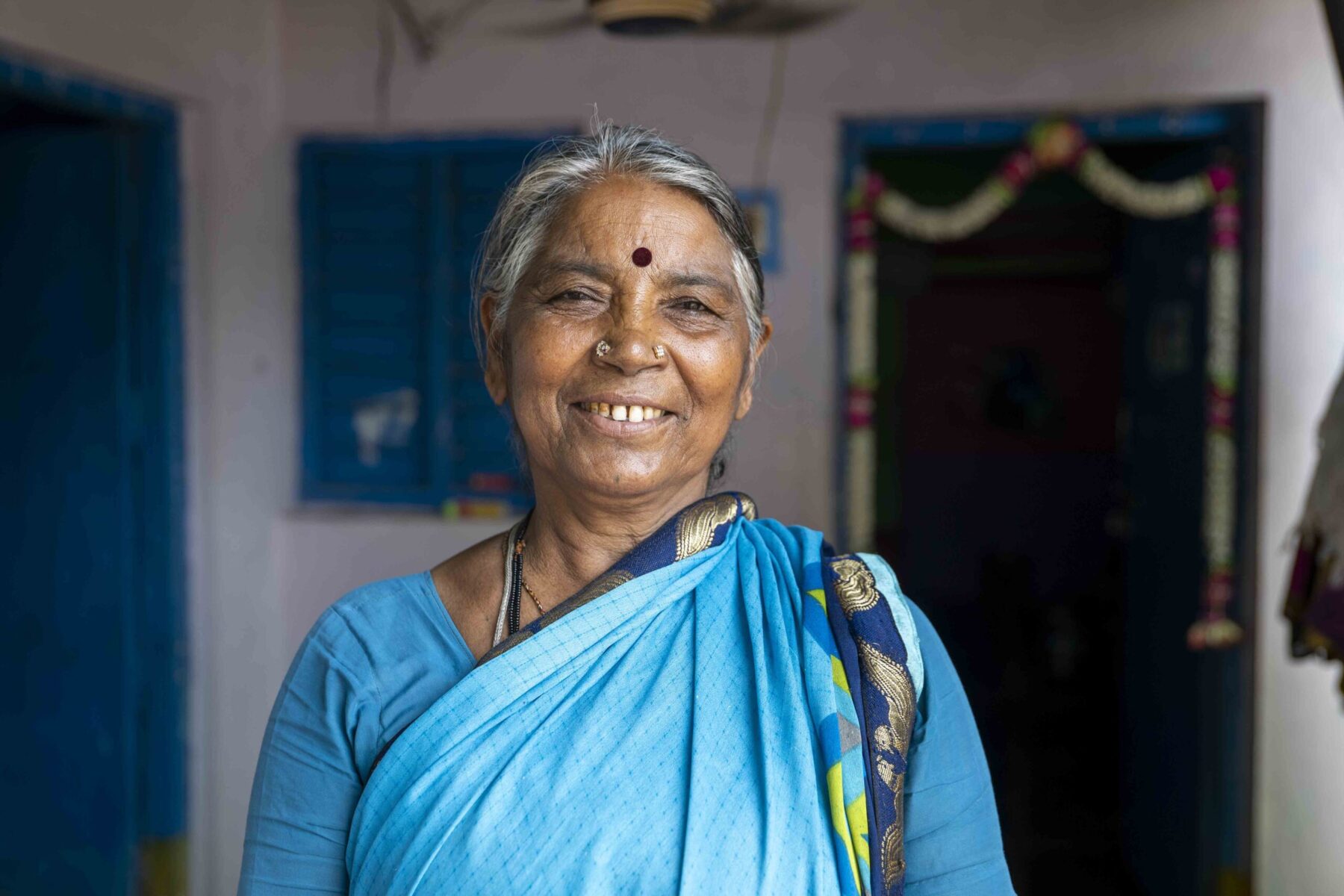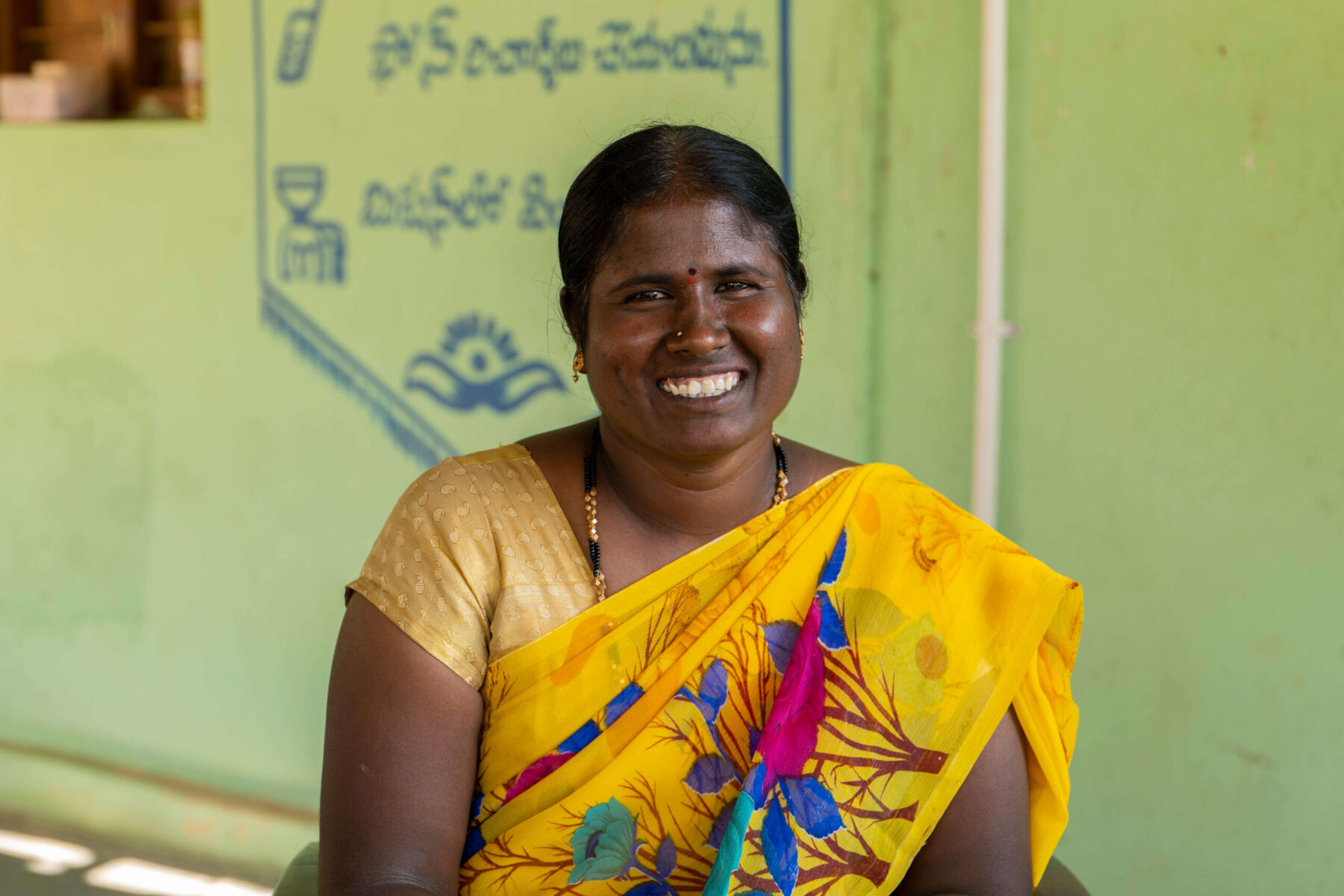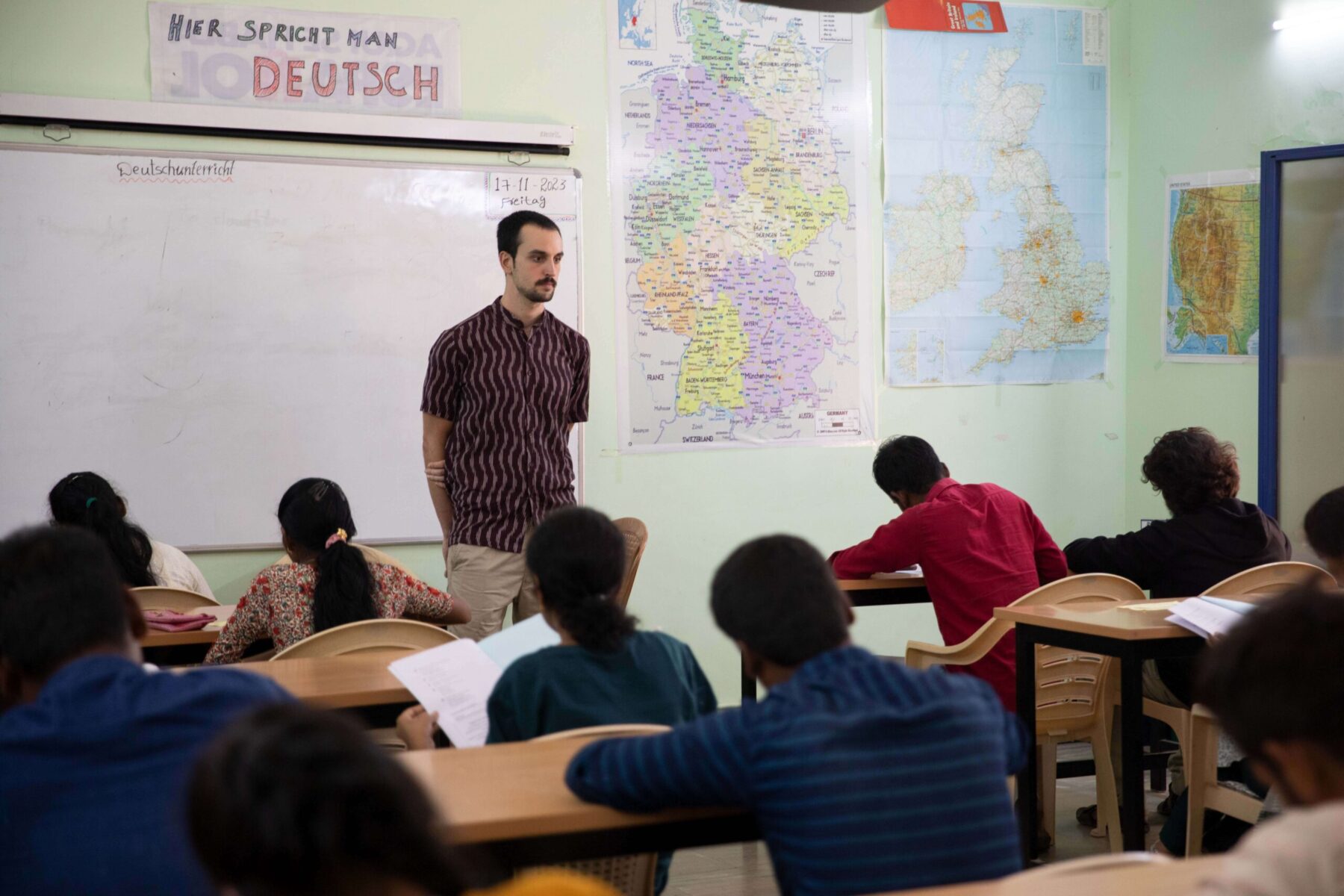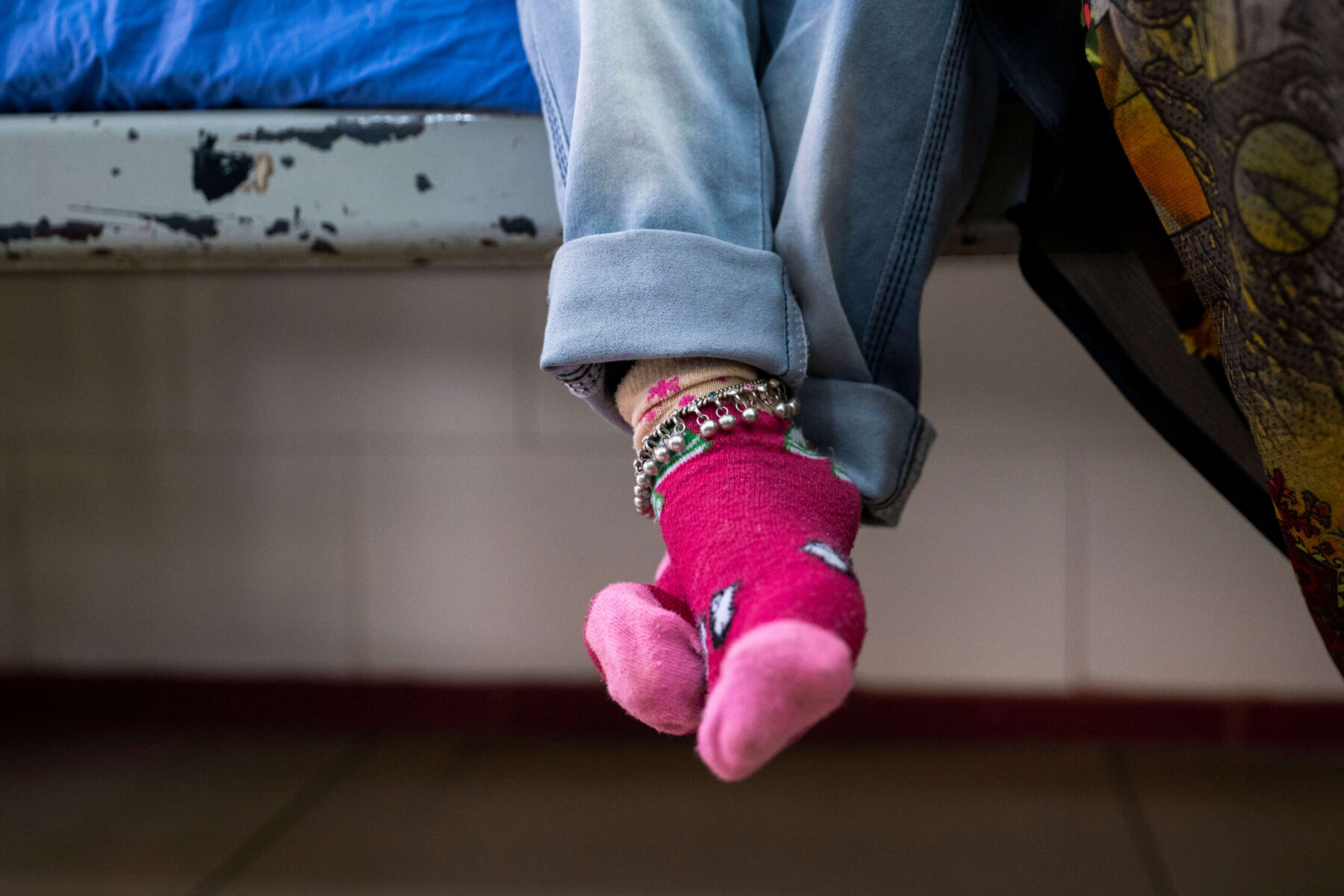- Eight artists from the Spain arrived for the third time in Anantapur with the aim of promoting art, education and solidarity as a tool for transformation.
For the third consecutive year, different renowned artists from the Balearic Islands, Spain arrived in Anantapur through the initiative, “Mata Ombres” (Kill the Shadows), which aims to connect art with social inclusion as a transformative and educational tool.
The project started in 2017 by art curator, Antonio Torres and has become one of the most dynamic annual events in the Anantapur district. This year the eight artists who have gathered for the Anantapur Art Walk 2020 were Amparo Sard, Tomeu Coll Ramon, Doralice Souza, Pep Guerrero, Cristina Torbellina, Rif Spahni, Albert Pinya and Zulema Bagur. Apart from the Professional School, they left their artistic imprints on RDT’s Inclusive School, Orphanage, Centre for Cerebral Palsy, etc.
This initiative is divided into three parts, the first, as explained by Antoni Torres: “It is the realization of graphic works by renowned artists of the Balearic Islands, whose distribution and sale serves to raise money to build a supplementary school”.
The second is: “the trip to Anantapur, where each artist creates a piece that will remain at RDT’s facilities”. And the last one: “it consists of an itinerant exhibition with the works that the artists do, drawing on their experience in India”.
The third edition culminated with a set of murals at the RDT Inclusive School in which students and artists participated. The uniforms, which had stopped being garnets, were smeared with a mass of colors that all over their hands, body and even the braids of some girls. The artists involved were enjoying even more than the children. “This gives meaning to all our work,” they commented among themselves.
That same day, the artist Amaparo Sard, hung her work made with recycled plastics at the RDT Inclusive Secondary School. “It is a work where black and white dominates, as criticism of a society that does not react to injustices. We have become accustomed to seeing other people’s pain, whether in the media, on the Internet … We act in a hypocritical way,” added the artist.
For Albert Pinya, who was for a week interacting with the children of the Cerebral Palsy Center, this experience has been transformative. “I wanted to participate because I strongly believe that art goes beyond aesthetics, it is also related to social commitment”, he concluded.
Here below are some of the pictures taken by Rif Spahni from this edition of the Anantapur Art Walk:
Text: Núria Meseguer and Aurora Díaz

